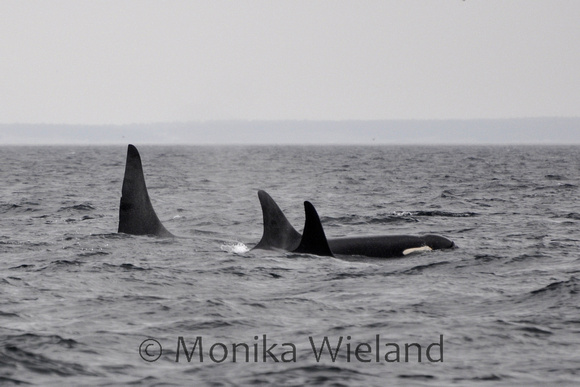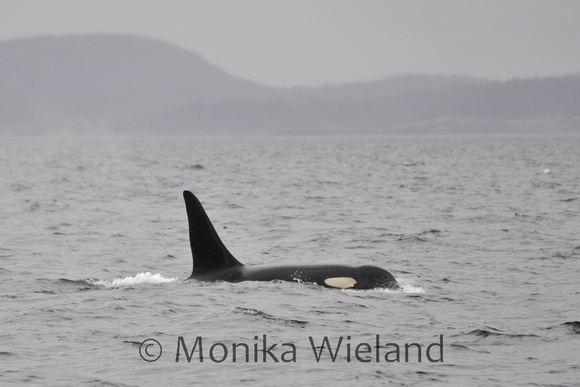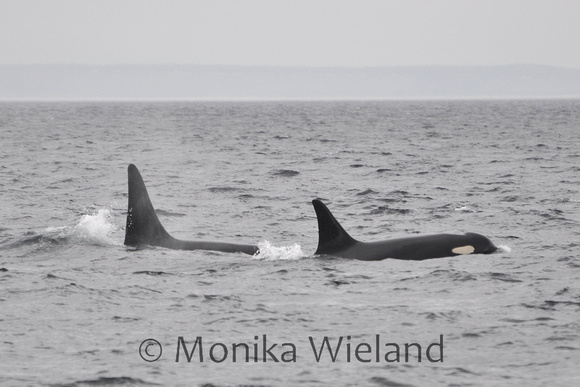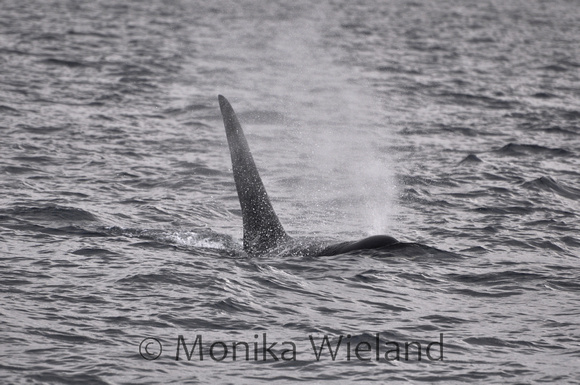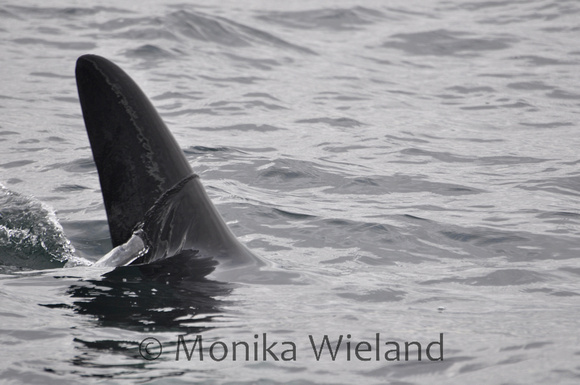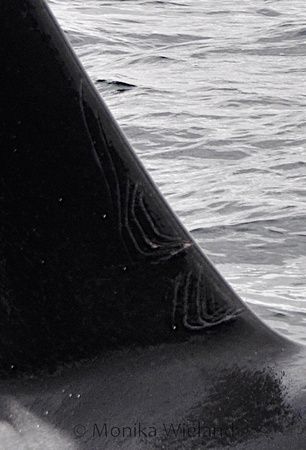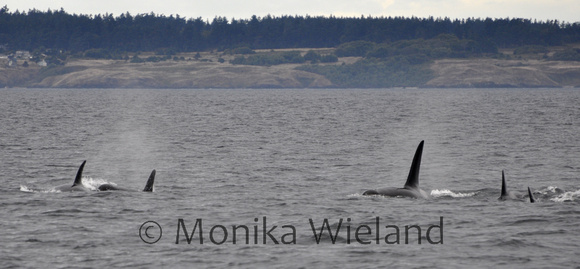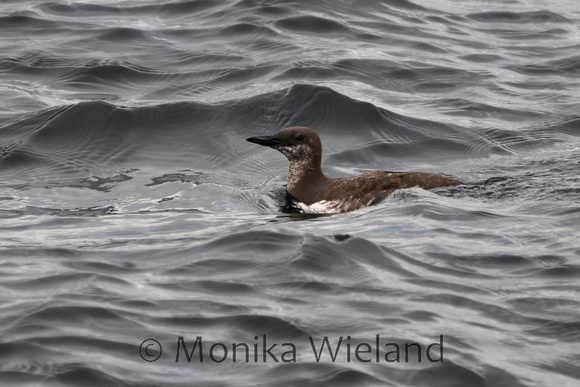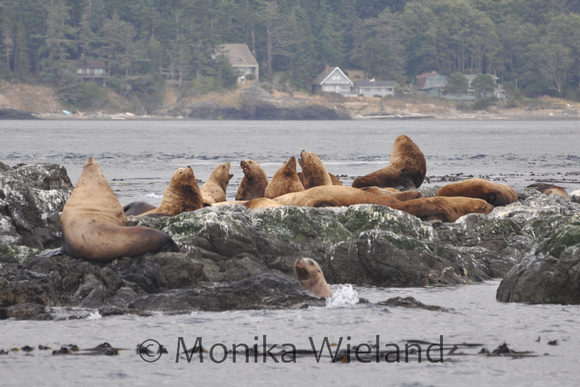September is my favorite month in the San Juan Islands: usually the weather is nice, the whales are around a lot, and the busiest part of the tourist season is over. I kicked off the month in style yesterday by spending much of the day on the west side of the island. In the morning, I beat the crowds to Lime Kiln Point State Park and spent some time reading on the rocks in the sunshine. No whales were around at that time, but there were lots of harbor seals fishing in the flat calm waters. I'm also pretty sure I saw two harbor seals mating - the first time I've ever seen that!
I went home for lunch but with word of the whales coming south I went back to Lime Kiln in the late afternoon. At first it looked like the whales, who were slowly approaching, would pass well offshore. I settled in to wait, and as they approached the park many of them veered in towards shore. Yes!
It started with just one or two whales passing by at a time, but then all of a sudden there were whales everywhere. It was an amazing sight!
Though the whales were backlit, making them hard to identify, the lighting was actually pretty cool. The water was calm, making for some nice reflections, and the late day sun just lit up the blows and splashes around the whales. I love more abstract shots like this one:
I was able to identify some members of all three pods. I'm pretty sure all of J-Pod, all of K-Pod, and about half of L-Pod were present. One group that passed close to shore included most if not all of the group I call the L55s. Here's L27 Ophelia:
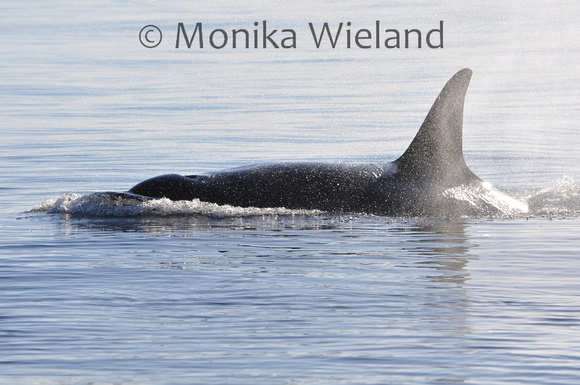 |
| L27 Ophelia |
Nearby was L112 Sooke, Ophelia's niece:
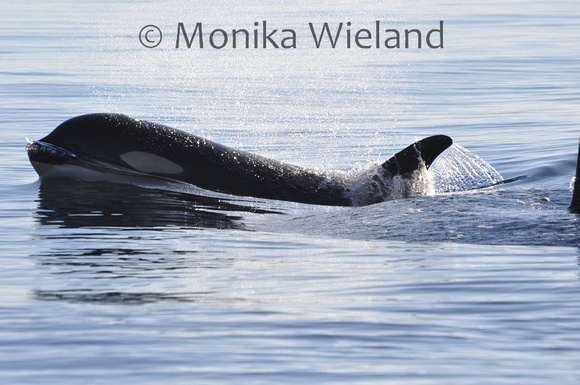 |
| L112 Sooke |
Sooke's mom L86 Surprise was there, too:
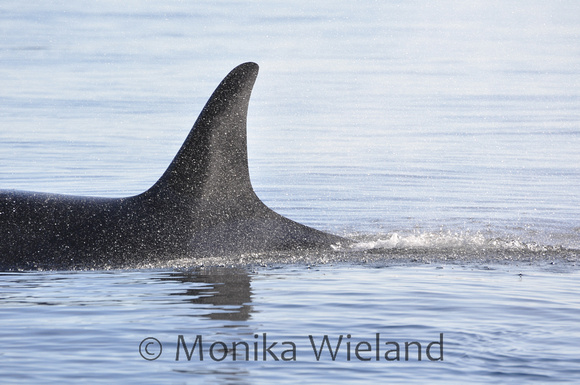 |
| L86 Surprise |
A little further offshore was another L-Pod matirline: the L47s. Mom L47 Marina is in the middle, and she's flanked by her two daughters. That's L91 Muncher on the left and L83 Moonlight on the right.
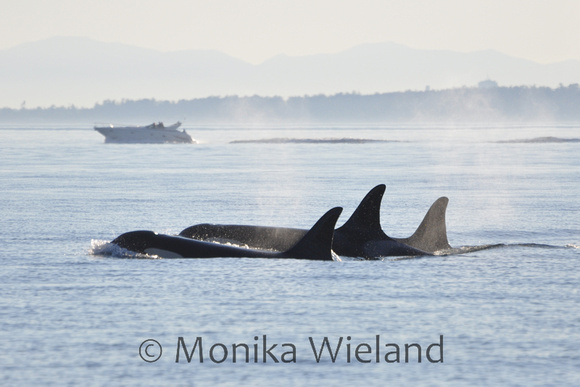 |
| From left to right: L91 Muncher, L47 Marina, and L83 Moonlight |
Moonlight's son L110 Midnight was just ahead of them, and I hope L47's one year-old calf L115 was in there too!
L28 Baba and her nephew Crewser came by next, and I was glad to see that Baba's daughter L90 Ballena was not far behind them. Ballena was the whale involved in the
alleged vessel strike last weekend. While researchers could find no external injuries and determined she was not in fact hit by a boat, she was acting strangely, spending a lot of time at the surface, breathing with apparent difficulty, and later on lagging behind the other whales. She's a whale the Center for Whale Research has been concerned about for a long time because of her small size and strange shape. They figured she may be sick or, given her age, potentially experiencing a difficult first pregnancy. When the whales left shortly after the incident, many of us worried about L90 and whether or not she would return with them. I was glad to see her out there yesterday. Though she was traveling behind her family members, she seemed to be breathing normally and was not the very last whale.
 |
| L90 Ballena - still with us on September 4, 2011 after a strange incident on August 26 (see link above) |
The last whales to pass close by were K40 Raggedy and her brother K21 Cappuccino. It's been a while since I've seen them so it was nice to "check in" with them!
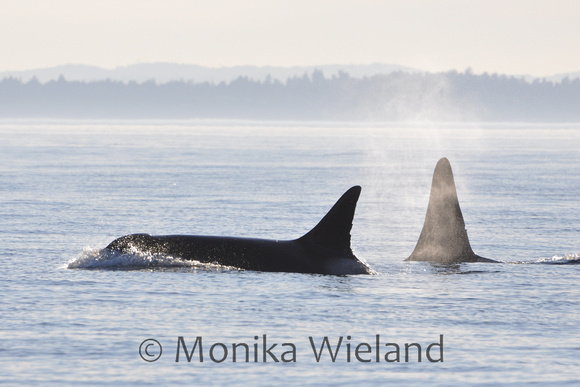 |
| K40 Raggedy and K21 Cappuccino |
I was really glad that a lot of the people I saw or met at the lighthouse in the morning made it back to see the whales in the late afternoon. There were many visitors that were very hopeful for whales, and they sure got a special encounter! A gallery of all of today's whale photos can be seen
here, where you can also order prints.
The whales continued on south, and a little later on there was a spectacular sunset. There were sun dogs on either side of the setting sun, though the one of the left, seen here, was brighter:
What an amazing place I live!!
